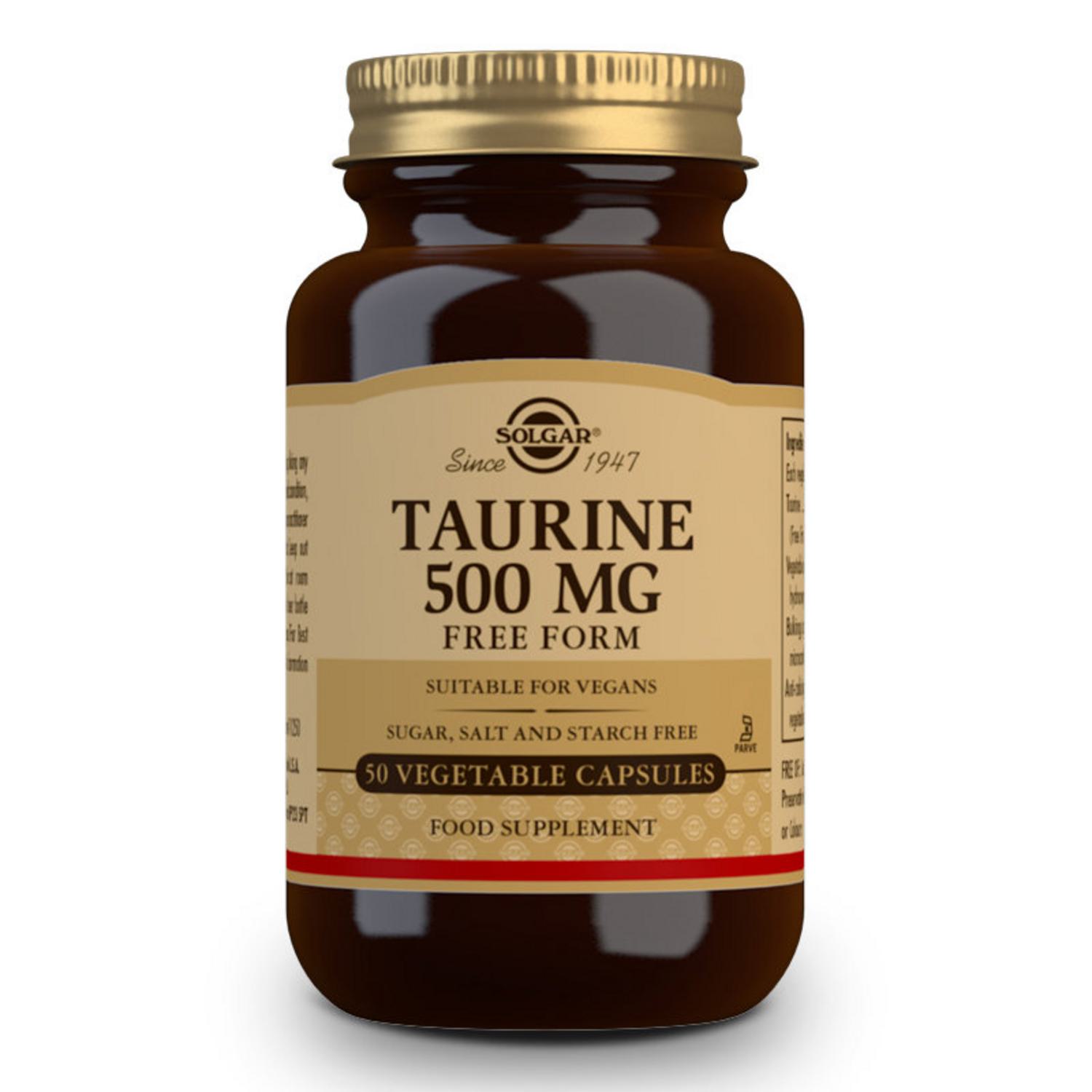

17 When Otsuka Long-Evans Tokushima Fatty (OLETF) rats with and without diabetes mellitus were fed a diet containing 2% and 5% taurine for 12 weeks and 9 weeks, respectively, taurine supplementation significantly decreased TG, TC, HDL-C, and LDL-C levels in both groups. In addition, taurine supplementation (1% in drinking water) for 60 days significantly reduced serum TC, non–HDL-C, and TG levels but increased HDL-C level in hyperlipidemia atherosclerosis-prone quails fed a high-cholesterol diet. 16 Taurine decreased elevated blood lipid levels and hepatic damage caused by a high-fat diet in hamsters through upregulation of 3-hydroxy-3-methylglutaryl coenzyme A reductase, LDL receptors, and cholesterol 7 alpha-hydroxylase (CYP7A1) expression together with down regulation of serum aspartate aminotransferase, alanine aminotransferase (ALT), and C-reactive protein (CRP) levels. 15 Taurine administration in golden Syrian hamsters fed a high-fat, high-cholesterol diet (1% or 2%) for 2 weeks significantly reduced plasma TC and TG levels. 15, 16 Taurine consumption (1% in diet) for 8 weeks significantly reduced serum triglyceride (TG), total cholesterol (TC), and low-density lipoprotein cholesterol (LDL-C) levels as well as the LDL-C to high-density lipoprotein cholesterol (HDL-C) ratio in male Sprague-Dawley rats, as illustrated in Fig. The effects of taurine on blood lipid profiles have been investigated in animal studies. 10 In this article, we review the sources and synthesis of taurine and examine evidence from in vitro and in vivo studies regarding the ability of taurine to protect against dyslipidemia, obesity, hypertension, and diabetes mellitus, as shown in Fig. 9 Moreover, taurine has been used to treat cystic fibrosis, Alzheimer disease, cardiovascular diseases, epilepsy, muscular degradation, and hepatic disorders. 7, 8 Taurine-transporter-deficient mice are characterized by impairment of various physiological functions, suggesting a crucial role for taurine in cellular homeostasis, as shown in Fig. 5, 6 Taurine is involved in a number of metabolic processes, including osmoregulation, membrane stabilization, modulation of cellular calcium level, and detoxification. 4 Several in vivo studies utilizing different experimental models have demonstrated the significance of taurine during development its scarcity during various developmental phases has been linked to various pathological issues such as retardation, cardiomyopathy, and retinal degeneration. 2, 3 Taurine is considered a non-essential amino acid in rodents, an essential amino acid in cats, and a conditionally essential amino acid in humans. 1 Its significance in human nutrition was realized when taurine level was found to be below the normal range in the plasma and urine of preterm formula-fed infants. 2019 doi:10.1016/j.amepre.2018.12.007.Taurine (2-aminoethanesulfonic acid), first discovered as a component of ox bile, has recently been recognized as a potential pharmaconutrient due to its various clinically significant effects in non-human animal and human models. Trends in energy drink consumption among U.S. Sports drinks and energy drinks for children and adolescents: Are they appropriate? Pediatrics. Committee on Nutrition and the Council on Sports Medicine and Fitness.Health effects of energy drinks on children, adolescents, and young adults. National Academies of Sciences, Engineering and Medicine.

Caffeine in food and dietary supplements: Examining safety.


 0 kommentar(er)
0 kommentar(er)
